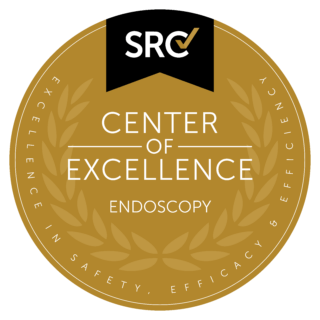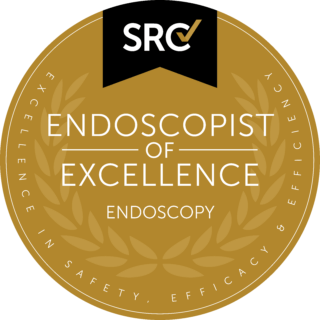Endoscopic Ultrasound (EUS) with Fine Needle Aspiration (FNA) is a minimally invasive technique that is used to examine and obtain tissue from the lining and walls of the gastrointestinal tract. It can assess the pancreas and diagnose the cancer stages of the gastrointestinal tract.
EUS with FNA is usually performed following a detection of a suspected mass through other imaging techniques such as ultrasound, endoscopy, magnetic resonance imaging (MRI), or computed tomography (CT).
This procedure may be used to find the cause of abnormal weight loss a patient may be suffering from, or any abdominal pain as well as confirmation of other specific illnesses and cancers associated with the lymph nodes, pancreas, adrenal gland, bile duct, gall bladder, kidney, liver, and small intestine among others.
Preparation for EUS with FNA
Prior to undergoing an Endoscopic Ultrasound (EUS) with Fine Needle Aspiration (FNA), you will be given specific instructions that will help you prepare for this procedure. These pre-operative instructions include, but not limited to:
- The type of medications you need to adjust the intake
- Medication which you may continue or discontinue taking
- When to drink and/or eat
You will also need to disclose to your doctor if you are taking any medication, other than the ones prescribed, and the type as well as the health conditions that you may have or run in your family such as diabetes, high blood pressure or cardiovascular illnesses.
The Procedure
Endoscopic Ultrasound (EUS) with Fine Needle Aspiration (FNA) is an outpatient procedure that is done under sedation and usually takes about 2-3 hours.
During the procedure, a long thin tube with a camera at the end (endoscope) is inserted through the mouth and passed through the esophagus, stomach, duodenum which is part of the small intestine, liver, and pancreas. The tip of the endoscope consists of a small rotating ultrasound system that can scrutinize about four inches into the surrounding tissue.
The endoscope can also be inserted anally in which case the examination focuses on the rectum and colon.
Once the area of concern has been located, a fine needle is inserted through a canal in the endoscope and inserted into the area that needs to be examined. Tissue samples are then retrieved. Theses samples are then sent to a pathologist for examination. During the procedure, several samples are normally taken from different parts of the area of concern.
Endoscopic Ultrasound (EUS) with Fine Needle Aspiration (FNA) is considered a generally safe and reliable diagnostic procedure but it may have a few minor complications such as nausea, vomiting, and/or diarrhea.
–> BACK TO ENDOSCOPIC ULTRASOUND OVERVIEW
ЗАПИСАТЬСЯ НА ПРИЕМ


